What is Spinal Decompression Traction Therapy?
Spinal decompression traction therapy is a highly advanced form of nonsurgical therapy. Spinal decompression is a process carried out with computers' help. It helps treat neck pain, slipped discs, back pain, and other spine-related ailments.
After performing spinal decompression therapy, doctors may recommend back surgeries to patients. But, the main aim of this therapy is to relieve the pressure in the patient's spine. Therapists also discover ailments like herniated discs or bulging discs during these processes. This FDA-approved therapy is over ten years old.
How Spinal Decompression Traction Therapy Works
Spinal decompression therapy is a non-invasive technique designed to relieve pressure from the spine and promote natural healing. It works by gently stretching the spine, which changes its force and position, creating a vacuum effect within the spinal discs. This negative pressure helps pull back herniated or bulging discs — a process known as disc retraction — and reduces compression on the spinal nerves.
This decompression encourages nutrient inflow, allowing oxygen, fluids, and healing nutrients to reach the discs. These intermittent traction cycles help improve disc hydration, repair damaged tissue, and reduce inflammation. Over time, patients experience better spinal alignment, reduced nerve impingement, and improved mobility.
There are two main types of spinal traction used in therapy:
- Manual spinal traction: A physiotherapist uses their hands to apply targeted force to the spine, often in combination with other manual therapies.
- Mechanical spinal traction: This method uses a spinal therapy machine to apply precise, computer-controlled force to stretch the spine safely and consistently. This form of traction treatment is commonly used in modern clinics for greater accuracy and comfort.
Whether used for cervical or lumbar decompression therapy, the goal remains the same; to create a healing environment that supports disc recovery and provides long-term relief from nerve compression and back pain.
Types of Spinal Decompression Traction Therapy
Spinal decompression therapy comes in surgical and nonsurgical forms. Non-surgical spinal decompression therapy involves using motorised tractions to relieve back and neck pain by gently stretching the spine, promoting nerve health and healing. It can treat injured spinal nerve roots, degenerative disk disease, and worn-out spinal joints.
On the other hand, surgical spinal decompression involves procedures like discectomy, laminotomy, foraminotomy, corpectomy, and osteophyte removal to remove or reposition growths in the spine, causing pain.
Benefits of Spinal Decompression Traction Therapy
Spinal decompression therapy offers more than just pain relief — it actively promotes spinal healing, improves posture, and supports long-term musculoskeletal health. Whether administered manually or through a spinal therapy machine, this decompression treatment works at the disc level, making it suitable for patients with chronic spine issues and nerve compression.
One of the main reasons patients choose this therapy is that it’s non-invasive, comfortable, and relatively risk-free. For those experiencing lower back pain, herniated discs, or recovering from spinal surgery, traction for back pain provides a structured path toward recovery.
Here are the major benefits of spinal decompression traction therapy:
Pain Relief
- Reduces spinal nerve pressure, significantly lowering pain in the back, neck, or radiating limbs
- Eases symptoms of sciatica and neuropathy through controlled spine traction
- Diminishes the intensity of chronic aches without reliance on medication or surgery
Improved Mobility and Flexibility
- Gently stretches muscles, tendons, and ligaments, enhancing spinal flexibility
- Helps loosen stiffness in the back and neck caused by disc or postural issues
- Encourages better posture awareness by educating patients on the effects of gravity and spinal loading
Disc Health and Healing
- Regular sessions create negative intradiscal pressure, making it easier to reposition herniated or bulging discs
- Promotes nutrient inflow, increasing the delivery of oxygen, water, and essential nutrients to spinal discs
- Helps the gel-like nucleus of bulging discs retract toward the centre, improving alignment
- Enlarges the foraminal space (nerve passageways), allowing nerves to receive better blood and oxygen supply
Patients who have undergone spinal surgeries often choose lumbar decompression therapy or cervical decompression as part of post-surgical rehabilitation. Even individuals who experienced failed back surgeries have seen improvements through professionally guided traction treatment. However, consultation with a qualified physiotherapist is essential to determine eligibility.
Indications for Spinal Decompression Traction Therapy
Spinal decompression therapy is suitable for individuals experiencing chronic back or neck pain, nerve impingement, or degenerative disc conditions that haven’t responded well to conventional treatments. It is particularly beneficial for those who have tried rest, pain medications, or standard physiotherapy techniques without lasting results.
This therapy targets the root cause of spinal discomfort—often disc-related compression—and aims to relieve pressure on spinal nerves, restore disc function, and improve overall mobility. Patients who suffer from both acute and long-standing spine-related conditions may find significant relief through this structured, non-invasive treatment.
Spinal traction using mechanical or manual methods allows the spine to elongate gently, creating space between vertebrae and enabling better nerve function. When combined with a personalised rehabilitation plan, spinal decompression therapy can serve as a long-term solution for reducing pain, delaying surgery, and enhancing quality of life.
Additional Modalities – Spinal Traction vs. Decompression Therapy
Understanding the difference between spinal traction and spinal decompression therapy is essential when choosing the right treatment for your condition. Although they share similar goals, their mechanisms and effectiveness vary significantly.
Standard Spinal Traction:
- Involves a constant pulling force applied to the spine
- Can be performed manually by a physiotherapist or using weights/pulleys
- Helps relieve pressure on spinal joints and reduce stiffness
- Offers short-term relief from back pain, but limited disc-level healing
- Does not adapt in real-time to the patient’s response or spinal changes
Spinal Decompression Therapy:
- Uses a spinal therapy machine to deliver intermittent cycles of traction and relaxation
- Creates a negative pressure or vacuum effect inside the discs (disc retraction)
- Promotes nutrient inflow and fluid exchange for disc recovery and nerve relief
- Targets the root causes of disc herniation, lumbar decompression needs, and nerve compression
- Offers higher precision, comfort, and long-term effectiveness
- Especially beneficial in treating chronic spine issues that haven’t improved with basic traction treatment
At Physiotattva, we focus on spinal decompression therapy — a safer, evidence-based evolution of traditional spine traction — for more sustainable relief and spinal healing.
Distinguishing Non-Surgical Spinal Decompression (NSSD) vs Traditional Mechanical Traction
While many people assume that spinal traction and non-surgical spinal decompression therapy are the same, they differ in both technique and therapeutic outcome. Understanding these differences can help you make a more informed decision about your treatment options.
Traditional Mechanical Traction:
- Uses a continuous pulling force on the spine, typically through weights or traction tables
- Focuses on reducing joint compression and relieving muscle stiffness
- Provides short-term relief but does not target disc healing
- Lacks adaptability- traction force remains constant, regardless of patient response
- May be less effective in cases of severe disc herniation, nerve impingement, or failed surgery
Non-Surgical Spinal Decompression Therapy (NSSD):
- Uses a computer-controlled spinal therapy machine to apply intermittent traction and relaxation cycles
- Creates negative pressure within the discs, allowing disc retraction and nerve decompression
- Enhances blood flow and nutrient inflow to promote disc repair and hydration
- Continuously adjusts based on patient feedback for maximum comfort and safety
- Ideal for patients with chronic back pain, lumbar decompression therapy needs, or post-surgical recovery
At Physiotattva, we specialise in non-surgical spinal decompression, a more advanced and targeted decompression treatment than standard spinal traction. Our goal is long-term relief, spinal healing, and functional recovery tailored to your condition.
Common Conditions Treated with Spinal Decompression Traction Therapy
People with various spinal conditions can benefit from this therapy. This therapy is typically used to treat the following conditions:
- Herniated or bulging spinal discs
- Degenerative disc disease
- Spinal stenosis (narrowing of the spinal canal)
- Nerve compression or pinched nerves
- Sciatica and radiating leg or back pain
- Chronic lower back pain and stiffness
- Neck pain related to disc or postural issues
- Post-surgical recovery following spinal interventions
- Failed back surgery syndrome
Whether delivered through cervical or lumbar decompression therapy, this approach addresses both symptom relief and disc recovery in a safe, progressive manner.
Risks of Spinal Decompression Traction Therapy
Spinal decompression therapy is widely regarded as a safe, non-invasive treatment option for individuals suffering from chronic spinal conditions. When performed under professional supervision and using clinically approved methods, it rarely leads to serious side effects.
Most patients undergo this traction treatment comfortably. However, as the body adjusts to spinal elongation and repositioning, some mild discomfort may arise in the early sessions.
Common and expected side effects include:
- Mild muscle soreness or fatigue, especially during the initial 1–2 weeks
- Temporary dull aches due to soft tissue stretching
- Slight stiffness after prolonged spine traction sessions
- Minor post-session fatigue as the spine adapts to decompression
These symptoms are usually short-lived and subside with continued treatment. In fact, many patients report experiencing over 50% pain relief after just a few sessions of lumbar decompression therapy or cervical decompression.
Precautions for Spinal Decompression Therapy
Although spinal decompression therapy is generally safe, it must be administered with caution to ensure optimal outcomes and avoid unnecessary discomfort. Several safety protocols must be followed before, during, and after treatment, especially when using a spinal therapy machine for mechanical traction.
Key precautions include:
- Personalised force settings: Traction intensity and cycle duration must be tailored to individual tolerance and diagnosis. Overexertion can lead to muscle fatigue or nerve irritation.
- Pre-treatment screening: Patients should undergo a thorough assessment, including imaging (MRI/X-rays) and a musculoskeletal exam, to confirm suitability for traction treatment.
- Real-time monitoring: Therapists should closely monitor the patient during the session, especially during early phases of spine traction, to detect signs of discomfort, dizziness, or abnormal symptoms.
- Hydration and rest: It is advised to stay well-hydrated before and after each session, as decompression treatment affects tissue fluid dynamics. Patients should avoid strenuous activities for 24 hours post-treatment.
- Positioning and harness adjustment: Correct body alignment and proper harness fit are critical to ensure that the decompression force is distributed evenly across the spine.
- Progressive therapy planning: Begin with shorter, lower-intensity sessions and gradually increase traction over time to reduce the risk of strain, especially in lumbar decompression therapy.
- Patient communication: Patients should be informed about what sensations are normal (e.g., mild pulling, post-session soreness) and encouraged to report any abnormal pain, tingling, or dizziness immediately.
These precautions help ensure that spinal traction for back pain is not only effective but also well-tolerated by patients across a range of spinal conditions.
Individuals Who Should Avoid Spinal Decompression Traction Therapy
This form of decompression therapy isn't suited for –
- Patients with osteoporosis and spondylolisthesis
- People with pre-existing spinal infections or tumours
- Ankylosing spondylitis patients
- Patients who consume blood thinner medication
- Pregnant women as their abdomens receive a lot of pressure during this therapy
- Patients with long-standing spinal instability issues (e.g., osteoporosis)
- Patients who have recently received spinal surgery or metal plate implants
Other than these people, anyone can benefit from this therapy. Still, checking with a doctor first is essential.
Steps to Take Before Starting Spinal Decompression Traction Therapy
Here are some steps to prepare for this type of therapy:
- Know What to Expect – You will receive 15 to 30 treatments. Each treatment lasts 30-45 minutes. After four to six-week periods, patients start feeling transformed.
- Wearing a Harness – Patients must wear special harnesses to achieve optimal decompression. These harnesses come with safety switches. Patients can press the switch to stop the treatment whenever they feel uncomfortable.
- Health – Drink a lot of water on the day of the therapy. Post-therapy, perform exercises at home to boost strength and mobility.
What to Expect After Your Spinal Decompression Traction Therapy Session
Most patients report experiencing amazing relief from their pain and symptoms after 12–20 sessions of this therapy. After receiving this therapy, they feel encouraged to exercise and be more mobile. There are no dramatic "recovery periods." Some conditions require more visits. But, patients' ailments never get worse.
Here are some tips for a successful recovery from this therapy-
- Follow post-treatment care instructions carefully.
- Stay active, but avoid high-impact exercises.
- Maintain good posture throughout the day.
- Consider stretching or yoga to improve flexibility and reduce tension.
- Stay hydrated and eat a healthy, balanced diet.
Why Physiotattva Is the Right Choice for Spinal Decompression Traction Therapy
When it comes to treating chronic spine-related pain, precision and personalisation matter. At Physiotattva, we bring both.
With state-of-the-art spinal decompression systems, trained physiotherapists, and a track record of patient success across Bangalore and Hyderabad, we offer more than just symptom relief; we offer long-term spinal care.
Whether you're managing a herniated disc, nerve compression, or recurring lower back pain, our approach is structured to restore mobility and prevent relapse. Every therapy session is supported by detailed assessment, continuous monitoring, and guidance on posture, ergonomics, and home care.
At Physiotattva physiotherapy clinics in Bangalore and Hyderabad, you receive personalised care tailored to your specific needs, ensuring effective results and comfort throughout your journey to recovery.
Don’t wait to start your recovery! Get in touch with Physiotattva for more details! Contact us at +91 89510 47001.


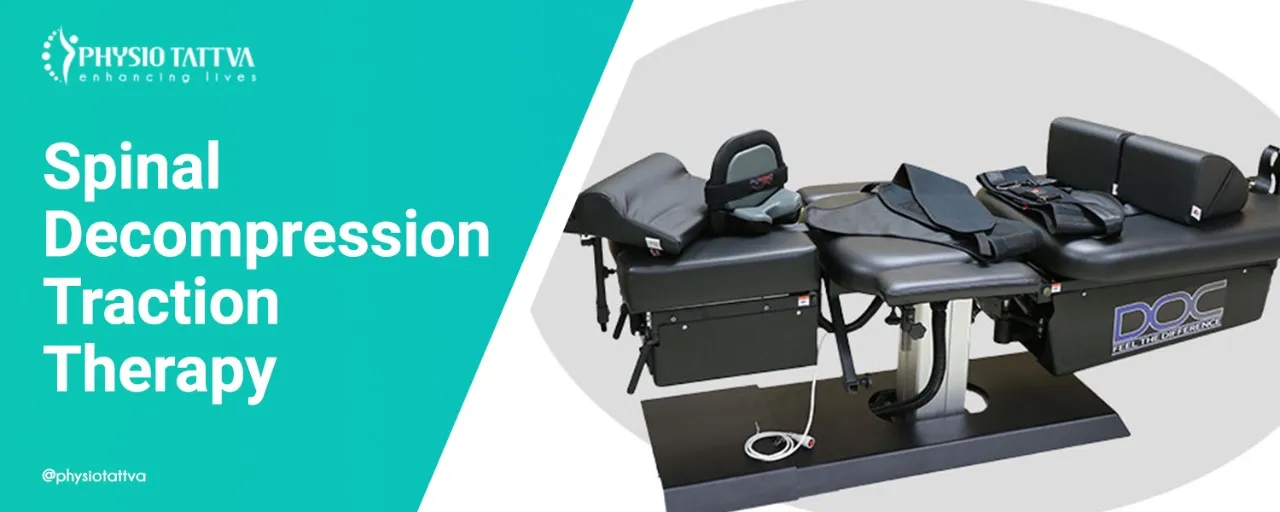

-Physiotherapy.webp)
-for-Shoulder-Pain-Relief.webp)
-for-Knee-Pain-Relief.webp)


-for-Back-Pain-Relief%20(1).webp)





.webp)











.webp)


.webp)

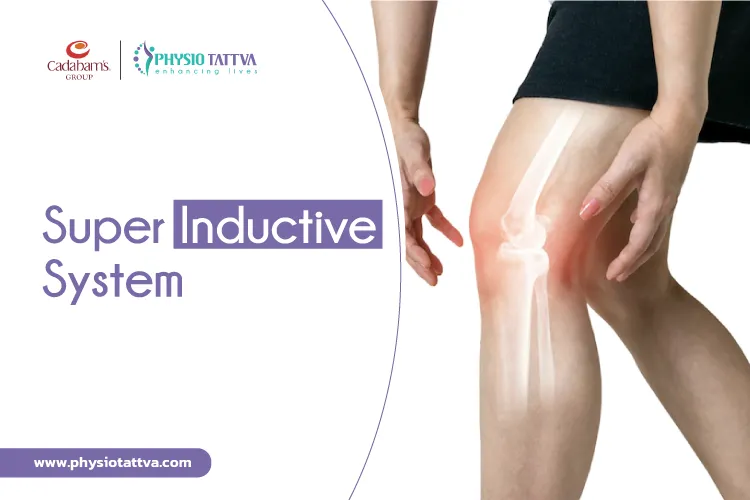



.webp)
.webp)


.webp)
.webp)

.webp)
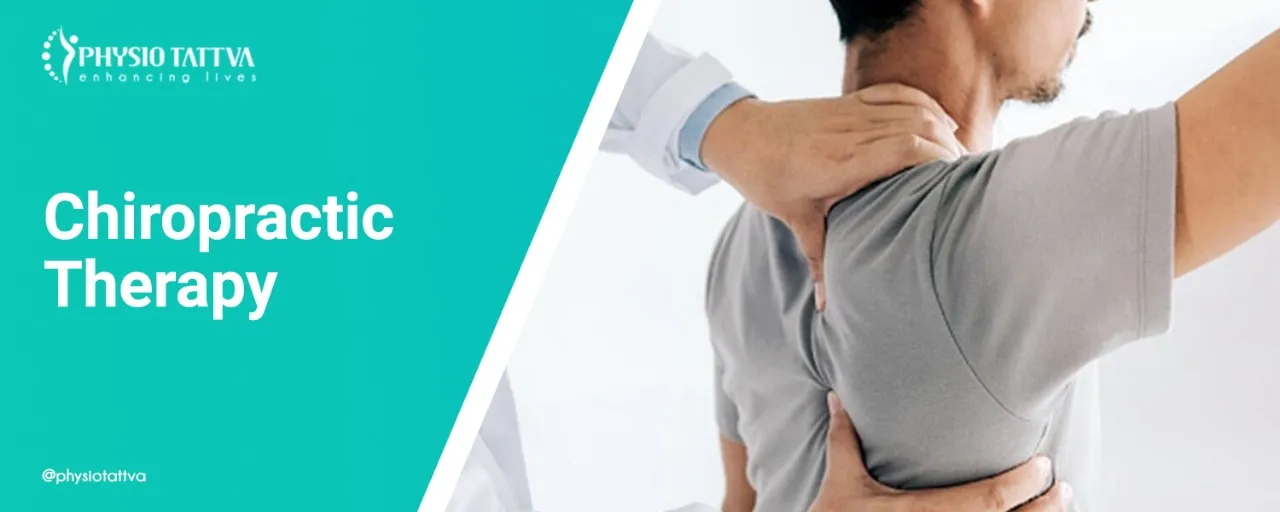
.webp)
.webp)
.webp)
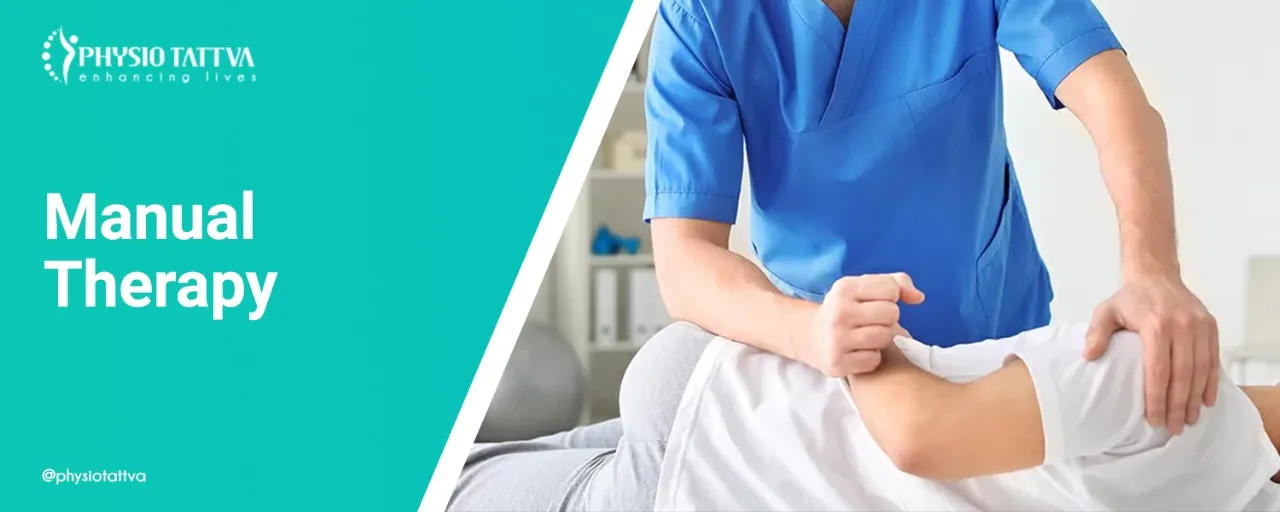
.webp)
.webp)





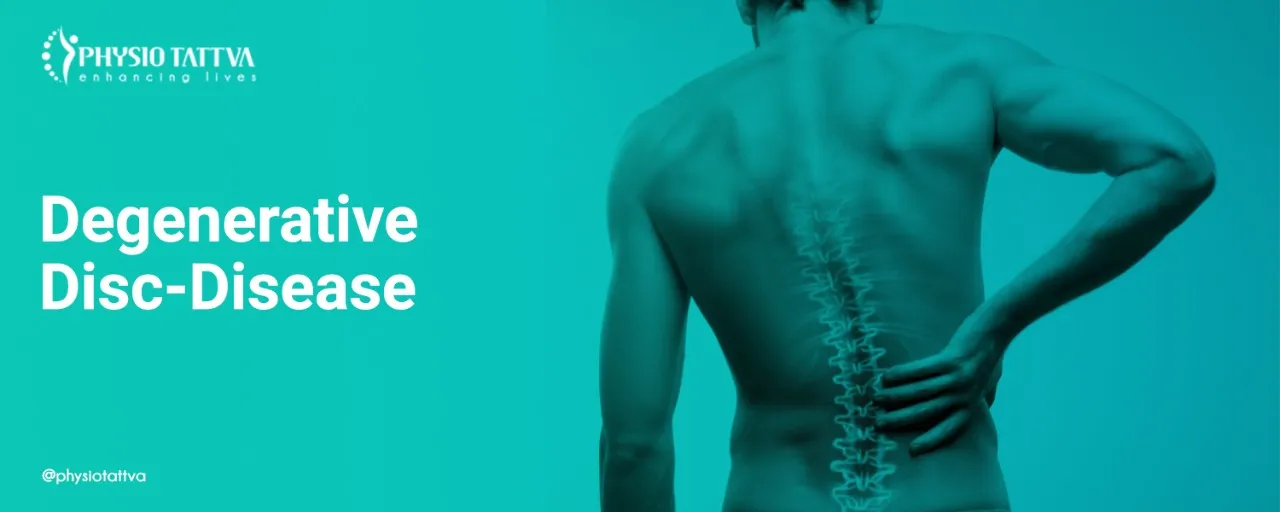

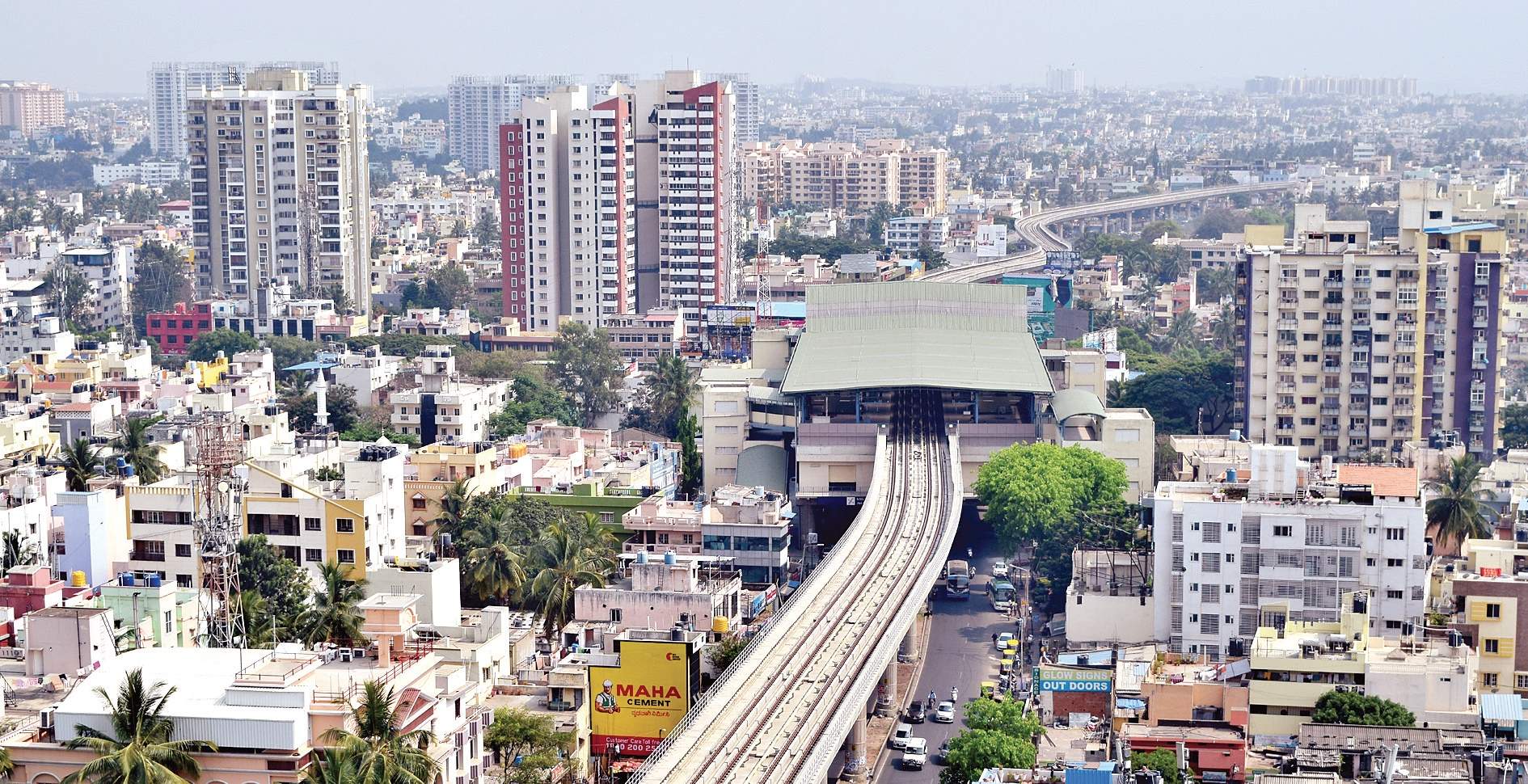

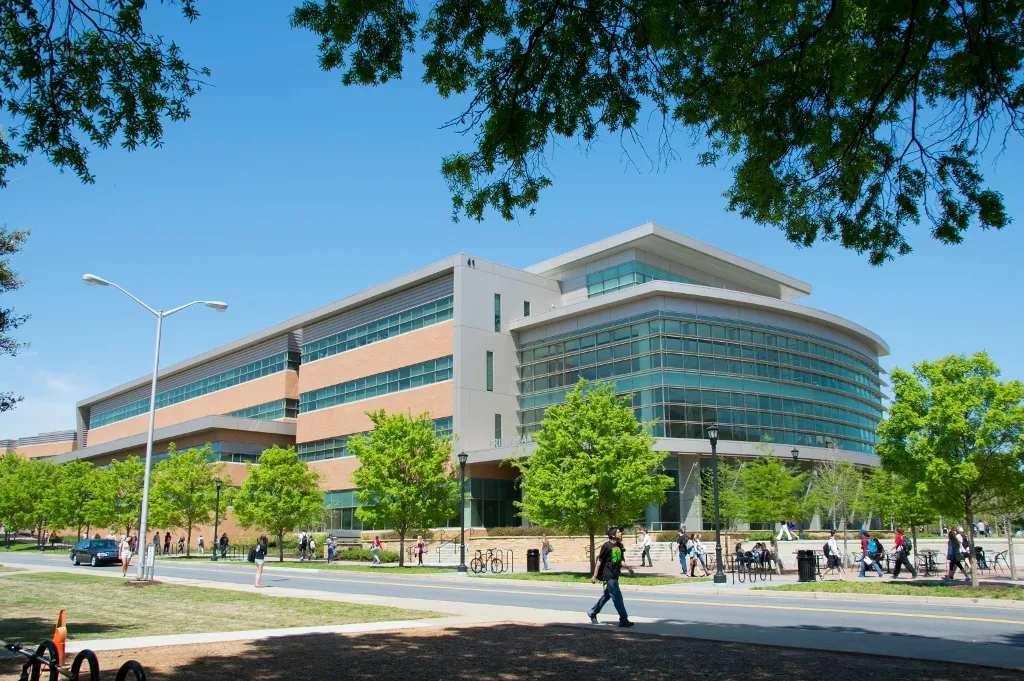



%20(1)-p-3200.jpeg)


.jpg)
.webp)
.webp)
.webp)



